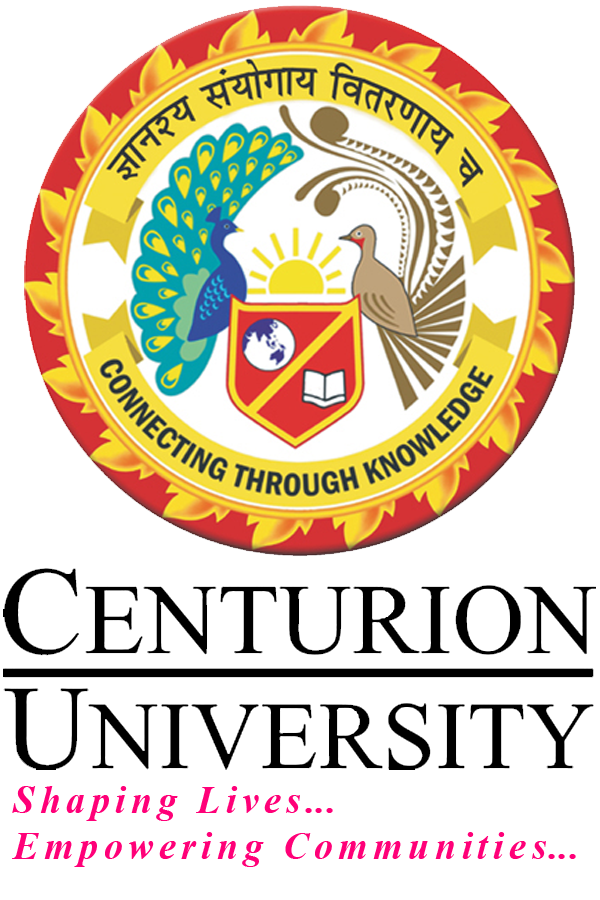BIOPHARMACEUTICS AND PHARMACOKINETICS
Course Attendees
Still no participant
Course Reviews
Still no reviews
Course Name: Biopharmaceutics and Pharmacokinetics
Code(Credit) : BPHT3204(4-0-0)
Course Objectives
- This subject is designed to impart knowledge and skills of Biopharmaceutics and pharmacokinetics and their applications in pharmaceutical development, design of dose and dosage regimen, and in solving the problems arisen therein.
Learning Outcomes
Understand the basic concepts in biopharmaceutics and pharmacokinetics and their
Use of plasma drug concentration-time data to calculate the pharmacokinetic parameters to describe the kinetics of drug absorption, distribution, metabolism, excretion,
To understand the concepts of bioavailability and bioequivalence of drug products and their
Understand various pharmacokinetic parameters, their significance & applications.
Course Syllabus
UNIT-I
Introduction to Biopharmaceutics
Absorption; Mechanisms of drug absorption through GIT, factors influencing drug absorption though GIT, absorption of drug from Non per oral extra-vascular routes, Distribution Tissue permeability of drugs, binding of drugs, apparent, volume of drug distribution, plasma and tissue protein binding of drugs, factors affecting protein-drug binding. Kinetics of protein binding, Clinical significance of protein binding of drugs
UNIT- II
Elimination: Drug metabolism and basic understanding metabolic pathways renal excretion of drugs, factors affecting renal excretion of drugs, renal clearance, Nonrenal routes of drug excretion of drugs
Bioavailability and Bioequivalence: Definition and Objectives of bioavailability, absolute and relative bioavailability, measurement of bioavailability, in-vitro drug dissolution models, in-vitro-in-vivo correlations, bioequivalence studies, methods to enhance the dissolution rates and bioavailability of poorly soluble drugs.
UNIT- III
Pharmacokinetics: Definition and introduction to Pharmacokinetics, Compartment models, Noncompartment models, physiological models, One compartment open model. (a). Intravenous Injection (Bolus) (b). Intravenous infusion and (c) Extravascular administrations. Pharmacokinetics parameters - KE ,t1/2,Vd,AUC,Ka, Clt and CLR- definitions methods of eliminations, understanding of their significance and application
UNIT- IV
Multicompartment models: Two compartment open model. IV bolus
Kinetics of multiple dosing, steady state drug levels, calculation of loading and mainetnance doses and their significance in clinical settins.
UNIT-V
Nonlinear Pharmacokinetics: a. Introduction, b. Factors causing Non-linearity. Michaelis-menton method of estimating parameters, Explanation with example of drugs.
Recommended Books: (Latest Editions)
- Biopharmaceutics and Clinical Pharmacokinetics by, Milo
- Biopharmaceutics and Pharmacokinetics; By Robert F Notari
- Applied biopharmaceutics and pharmacokinetics, Leon Shargel and Andrew B.C.YU 4th edition,Prentice-Hall Inernational USA
- Bio pharmaceutics and Pharmacokinetics-A Treatise, By M. Brahmankar and Sunil B.Jaiswal,Vallabh Prakashan Pitampura, Delhi
- Pharmacokinetics: By Milo Glbaldi Donald, R. Mercel Dekker
- Hand Book of Clinical Pharmacokinetics, By Milo Gibaldi and Laurie Prescott by ADIS Health Science
- Biopharmaceutics; By Swarbrick
- Clinical Pharmacokinetics, Concepts and Applications: By Malcolm Rowland and
- Thomas, N. Tozen, Lea and Febrger, Philadelphia,
- Dissolution, Bioavailability and Bioequivalence, By Abdou H.M, Mack, Publishing Company,Pennsylvania
- Biopharmaceutics and Clinical Pharmacokinetics-An introduction 4th edition Revised and expanded by Rebort F Notari Marcel Dekker Inn, New York and Basel,
- Remington’s Pharmaceutical Sciences, By Mack Publishing Company, Pennsylvnia
Session Plan
Session 1
Introduction to Biopharmaceutics: Absorption; Mechanisms of drug absorption through GIT
Session 3
Absorption of drug from Non per oral extra-vascular routes
Session 9
Clinical significance of protein binding of drugs
Session 10
Elimination: Drug metabolism and basic understanding metabolic pathways renal excretion of drugs
Session 11
Factors affecting renal excretion of drugs, renal clearance
Session 13
Bioavailability and Bioequivalence: Definition and Objectives of bioavailability
Session 19
| Methods to enhance the dissolution rates and bioavailability of poorly soluble drugs |
Session 24
One compartment open model (a) Intravenous Injection (Bolus) (b) Intravenous infusion and (c) Extra vascular administrations
Session 38
Michaelis-menton method of estimating parameters, Explanation with example of drugs
Case Studies
Case Studies
Our Main Teachers

M. Pharm (Pharmaceutics)


Recent Comments